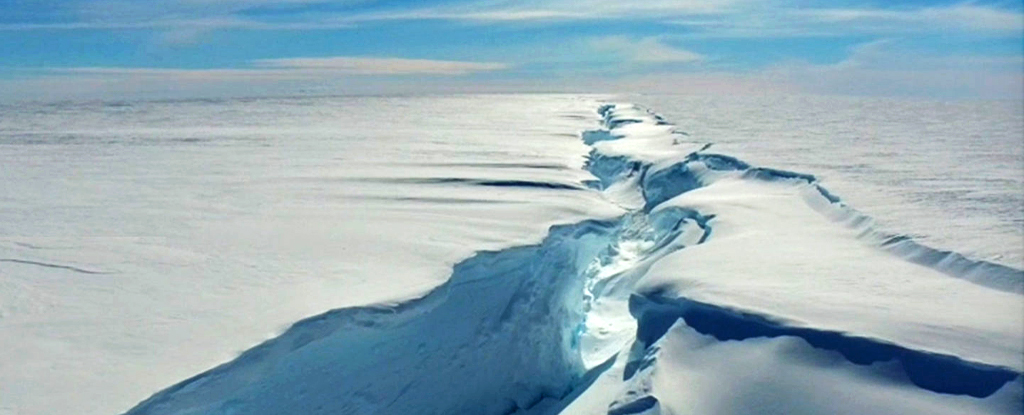A giant iceberg, nearly the size of Greater London, has broken off the Antarctic Ice Shelf near a research station, the second such break-off in two years, researchers said on Monday.
The British Antarctic Survey (BAS) said the formation of the new iceberg – in a natural process called “calve” – was not up climate changewhich is accelerating sea ice loss in the Arctic and parts of Antarctica.
The 1,550-square-kilometer iceberg broke away from the 150-meter-thick Brunt Ice Shelf a decade after scientists first discovered massive cracks in the shelf.
A similarly spectacular split involving a 1,270 square kilometer iceberg occurred about a year ago.
“This calving event was expected and is part of the natural behavior of the Brunt Ice Shelf,” said BAS glaciologist Dominic Hodgson.
“It has nothing to do with climate change.”
Britain’s Halley VI research station monitors the condition of the giant floating ice shelf daily but is unaffected by the recent breach.
The mobile research base was moved inland in 2016-2017 for security reasons as cracks in the ice threatened to cut it off.
Since then, staff have only been deployed there during the Antarctic summer from November to March. There are currently 21 researchers on site.
They maintain the power supplies and facilities that keep scientific experiments running remotely in winter, when it’s dark for 24 hours and the temperature drops below minus 50 degrees Celsius (-58 degrees Fahrenheit).
“Our science and operations teams continue to monitor the ice shelf in real time to ensure it is safe and to maintain delivery of the science we are conducting at Halley.” added Hodgson.
According to BAS, a world leader in environmental research in the region, they are scheduled to be collected by plane around February 6th.





